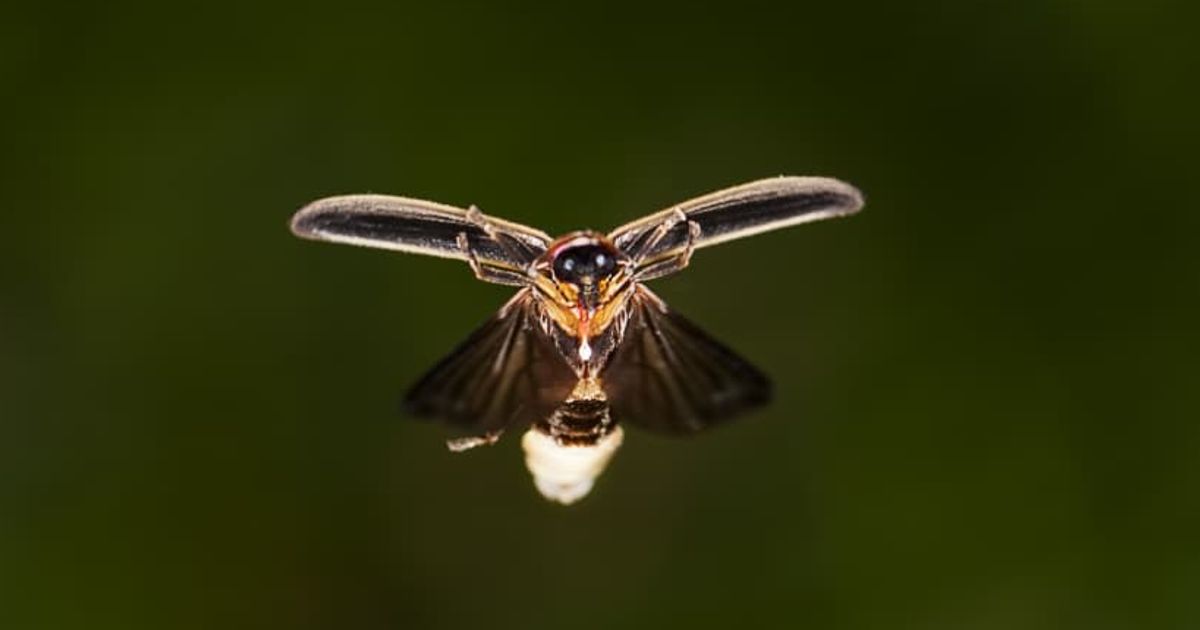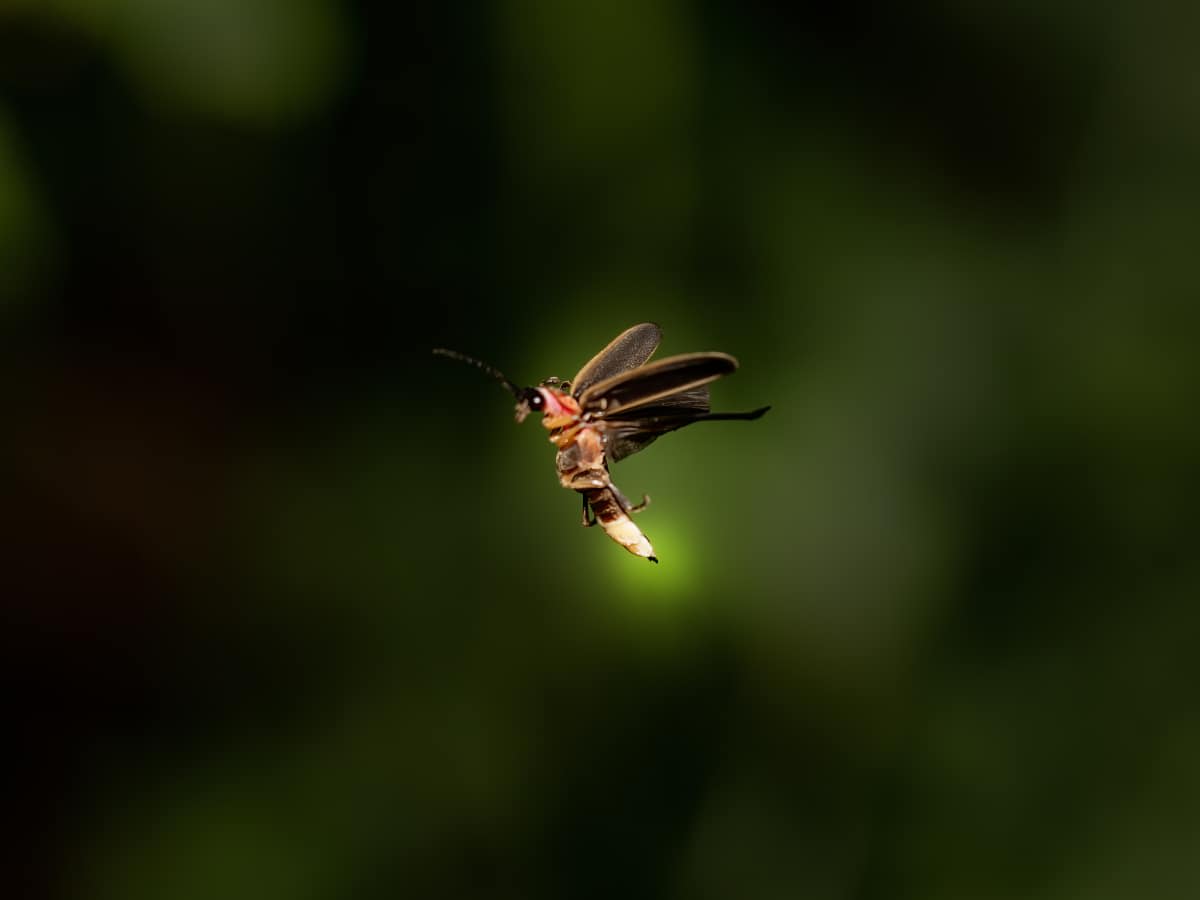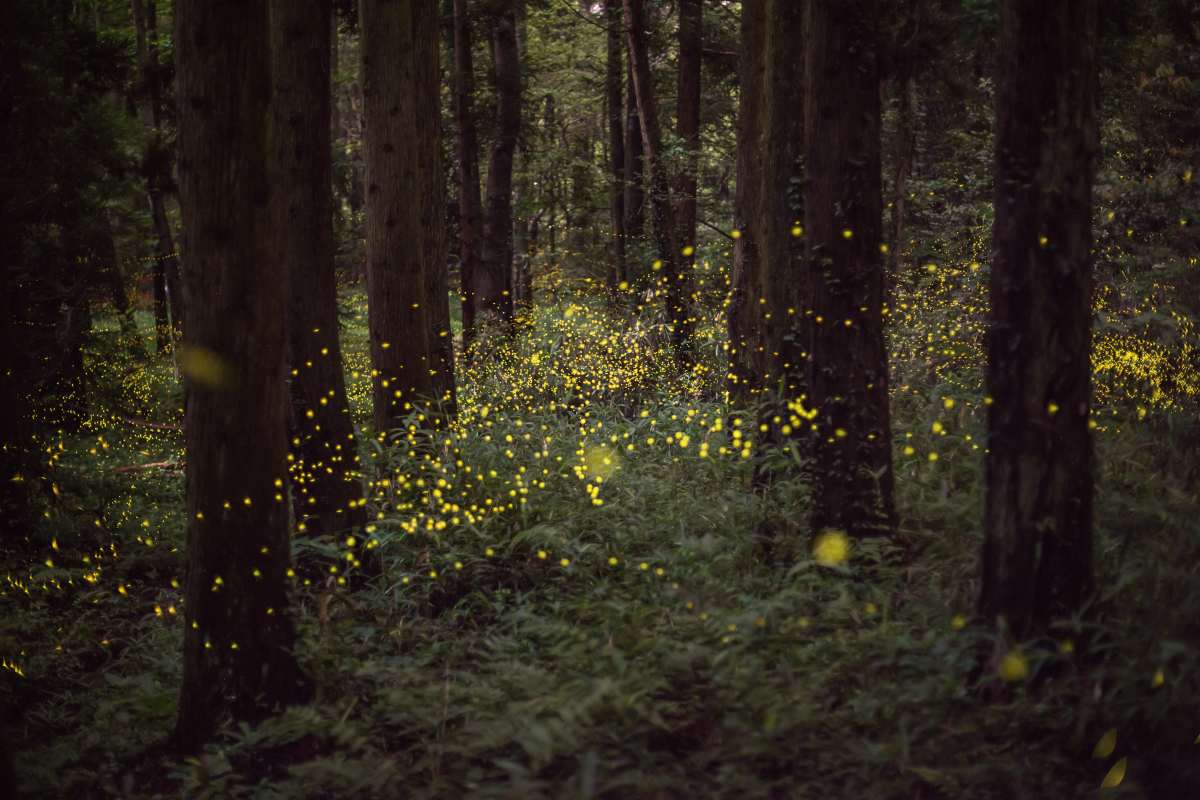Fireflies use 'light' as 'mating call' and to fend off predators

Watching fireflies lit up in the dark is a dream for many of us. It is described as one of the most pleasant wonders of the summer season. Their ability to naturally brighten any dark space may seem like nature’s way of beautification, but scientifically, fireflies only light up to attract mates. For us, their ability to flash is a delight, but for them, it is their unique way to pursue intraspecies communication. A swarm of glowing fireflies indicates that the females of their species have entered the mating period.

They talk through the 'light'
Both male and female fireflies light up during the egg-laying season. Entomologist Emma Grace Crumbley, in her interview with Popular Science, said, “Those flashing sequences that seem random to us are full of species-specific communication.” Females gather close to the ground and signal between tall grass, while the males fly around. "Almost all the caught fireflies are males," Cumberly said, since they're the ones that are flying around. All 2,000 species of these bugs, famously known as 'fireflies,' fall under the family of beetles, known as Lampyridae. They are commonly found in areas with a combination of a wet surface and a warm environment.

These lightning bugs are commonly found in marshy areas, where soil and leaf litter surround ponds, lakes, and rivers. One can also fabricate this natural environment in their home by keeping the garden area moist and untamed. The presence of snails, slugs, and pill bugs, which are favored food for firefly larvae, leads to faster growth and quicker emergence of adult fireflies in the region.
'Mating' is their biggest priority
Upon reaching adulthood, male fireflies can only live up to 2-4 weeks. These last weeks are spent mating and attracting females to procreate. The focus on breeding is so deep that the adult male firefly avoids wasting time eating, leading to its shortened lifespan. However, earlier, their ability to lighten up was never utilized for mating purposes. It has evolved with time.
An enemy-repelling tactic
A 2024 study highlighted that their bioluminescence ability was used to fend off predators as well. The firefly bioluminescence has an ingredient called luciferin, filled with antioxidants, which was used to kill attackers. In the early Jurassic Period, the Toarcian Oceanic Anoxic event occurred. Due to the uncontrolled release of greenhouse gases, the event led to the mass extinction of various animals. However, fireflies managed to survive. After making it through the period of insufficient oxygen, their bioluminescence power, which was once used to kill the enemy modified into the flashy mating signals that captivate us today.
Some US fireflies don't 'light up' at all
Recently, parts of the USA have reported witnessing a greater number of fireflies this summer. The states, including Pennsylvania, Illinois, Indiana, New Hampshire, Washington, D.C., and New York, have experienced the sight of lightning bugs illuminating the area. These flashing bugs, if witnessed, serve the most wonderful experience for any human being. However, their population is on the decline due to the low rainfall received. They thrive well in a sheltered environment and need moisture to survive. Familiar with humidity, fireflies will never be seen in cold and dry environments. Interestingly, fireflies in the western United States often lack the capacity to 'light up,' using pheromones to lure mates instead.
These lightning bugs are nature's wonders, and their evolution journey reflects the vast changes brought about in their bodies, tactics, and communication.